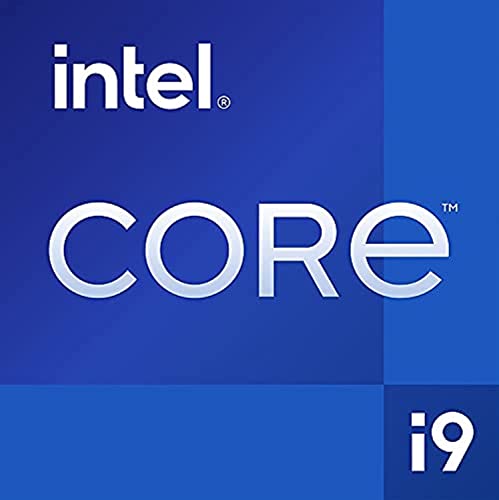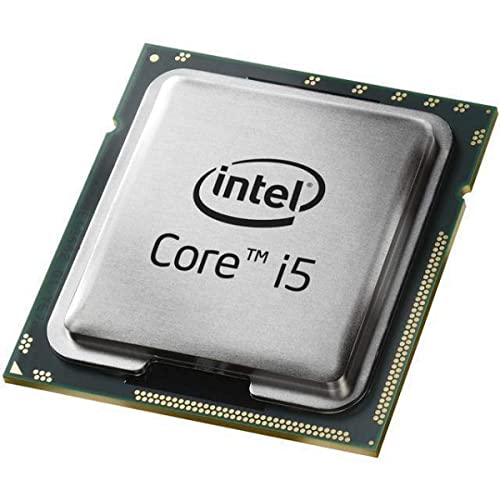2) Compatibility checklist
Socket and chipset. Match the CPU to your motherboard. Examples include AM4 or AM5 on AMD, and LGA1700 or later on Intel.
BIOS support. Older boards may need a BIOS update before the CPU will boot.
Memory type. Confirm DDR4 or DDR5 and supported speeds.
Integrated graphics. Some CPUs include an iGPU. Useful for troubleshooting or if you do not need a dedicated GPU.
PCIe version and lanes. Check for PCIe 4.0 or 5.0 support for GPUs and NVMe drives.
Cooler clearance. Ensure your case fits the chosen air cooler or AIO radiator.
Power and VRM. Verify your PSU wattage and motherboard VRM quality for higher-tier CPUs.
3) Key specs explained
Cores and threads. More cores help with heavy multitasking and creation.
Base and boost clocks. Higher boost improves game and app responsiveness.
Cache. A larger cache can boost performance in games and content tools.
TDP or processor power. Guides cooling and PSU needs. Real power draw varies by workload.
iGPU. Handy for quick builds, office use, and diagnostics.
AI and media features. Look for modern instruction sets and accelerators that speed video encoding, photo tools, and AI tasks.
4) Overclocking, cooling, and noise
Unlocked models allow manual tuning on supported chipsets.
Cooling matters. Pair mid to high-end CPUs with a quality tower air cooler or a 240 to 360 mm AIO.
Thermal paste. Apply a small, even amount and avoid air pockets.
Case airflow. Front intake and rear or top exhaust fans keep temps and noise down.
Common mistakes to avoid
Buying a fast CPU and pairing it with slow single-channel RAM
Forgetting to check the socket, chipset, and BIOS before purchase
Reusing a small cooler that cannot handle a higher TDP chip
Undersizing the PSU when upgrading to a higher-tier CPU and GPU
Neglecting a BIOS update, which prevents the system from booting
Choosing a top-end CPU for a low-resolution gaming build where the GPU is the limit
Ignoring thermal limits in a small case without airflow
Setup tips
Update the motherboard BIOS before swapping the processor if required
Reseat RAM and power cables after a CPU change to avoid boot issues
Use the latest chipset drivers and Windows updates
Stress test temperatures with a trusted utility and adjust fan curves for comfort
Keep firmware and monitoring tools current
Popular sub categories
Everyday CPU’s
Gaming CPU’s
Creator and workstation CPU’s
CPU coolers and thermal paste
Motherboards and RAM bundles
FAQs. CPU’s
1) Which CPU should I buy for gaming
Choose a CPU with strong single-core speed and 6 to 12 cores. Pair it with fast dual-channel or quad-channel RAM and a suitable GPU.
2) How many cores do I need
6 to 8 cores suit everyday use and esports. 8 to 12 cores are ideal for AAA gaming and streaming. 12 or more help with video editing, 3D, and VMs.
3) Will my motherboard support a new CPU
Check the socket and chipset, then confirm BIOS support on the board vendor site. Some boards need a BIOS update before the new CPU will boot.
4) Do I need DDR5
DDR5 offers more bandwidth and future headroom. DDR4 remains fine for many builds. Match the memory type to your board and CPU.
5) What is TDP, and why does it matter
TDP is a thermal guideline that helps you choose an appropriate cooler and plan case airflow. Real power varies by workload.
6) Do I need integrated graphics
If you do not have a graphics card, an iGPU lets you run displays and decode video. It also helps with troubleshooting if a dedicated GPU fails.
7) Is overclocking worth it
Mild tuning can add a little performance if your cooling and VRM are strong. It is optional and not required for a great experience.
8) Will a new CPU improve gaming frame rates
If your current CPU is the bottleneck, yes. If the GPU is the limit at your resolution, you will see little change. Balance the build.
9) Do I need a new cooler when upgrading
If the new chip has higher power or you want it quieter, upgrade the cooler. Check the mounting bracket compatibility with your socket.
10) How do I apply thermal paste
Clean with isopropyl alcohol, add a pea-sized dot in the centre, fit the cooler evenly, and do not overtighten.
11) What PSU size do I need
For mid-range CPUs with a single GPU, 650 to 750 W suits many builds. High-end parts often need 850 W or more. Choose quality units.
12) Will I need a Windows reinstall after a CPU swap
Often, no, if you keep the same platform. A major platform change can benefit from a fresh install for stability.
13) Can a CPU handle AI or video acceleration
Modern CPUs include instruction sets and accelerators that speed AI filters and media encoders. Dedicated GPUs still offer the biggest gains for heavy workloads.
14) How do I keep temperatures in check
Use a capable cooler, fresh thermal paste, and good case airflow. Clean dust filters and heatsinks every few months.
15) What warranty do you provide
All CPUs include a manufacturer’s warranty and our easy UK returns. See product pages for exact cover.
Ready to upgrade
Browse CPU’s for home, gaming, creator, and professional builds. With clear compatibility advice, fast UK delivery, and trusted service since 1988, you can choose the right processor and feel the speed upgrade straight away.

Looking for the perfect Christmas Gift? Check out our Christmas Products

Hiking or Walking this Winter, here are our Outdoor Clothing Products
Amazon Associate Disclosure
As an Amazon Associate, the Yorkshire Outdoor Activity Park may earn a small commission from qualifying purchases. Please know that this does not affect reviews, content, or this site's opinions of products, services, manufacturers, partners, or merchants. The mission of the Yorkshire Outdoor Activity Park is to provide the best functionality for this site's users, regardless of any potential affiliate commissions.
























